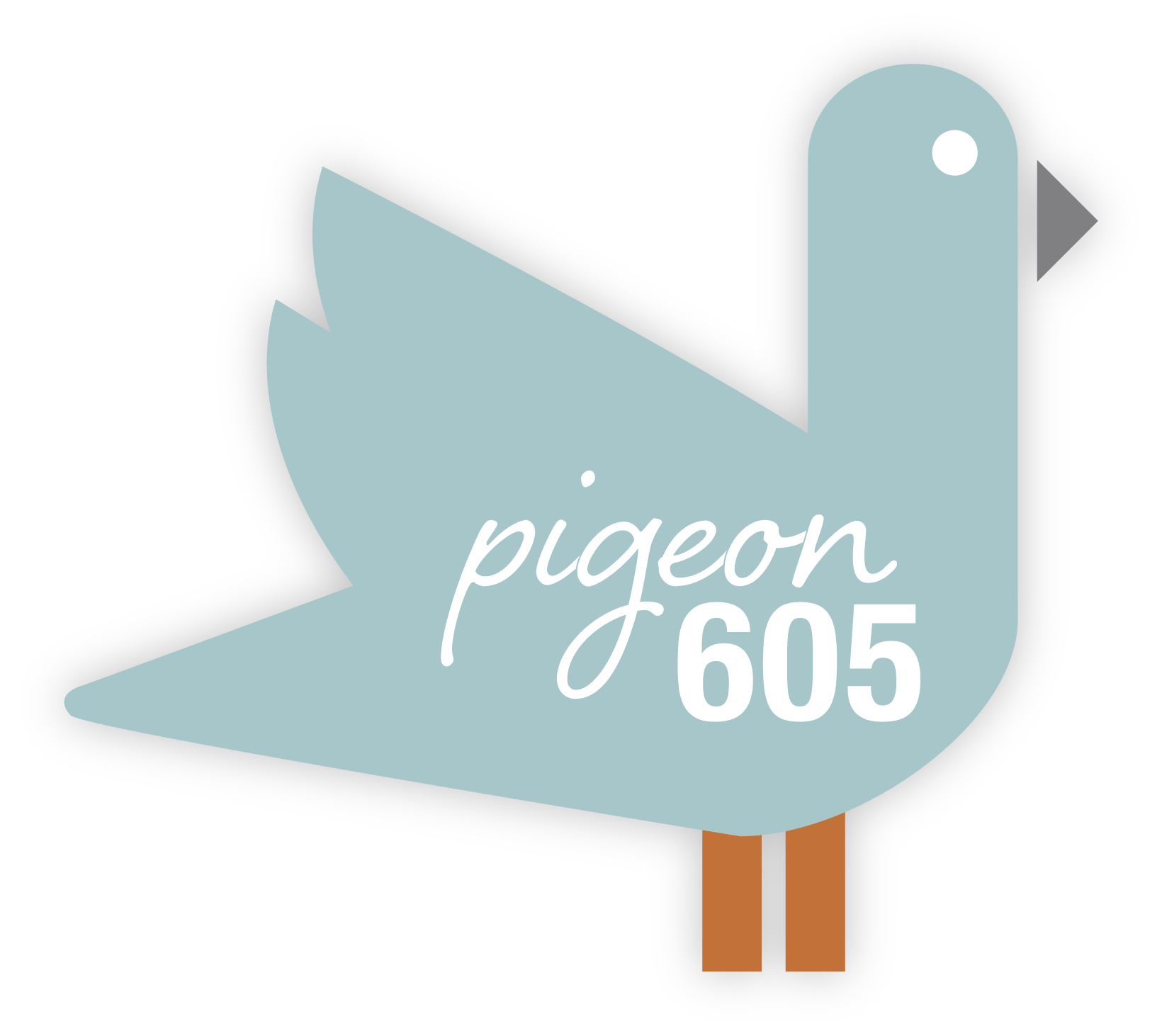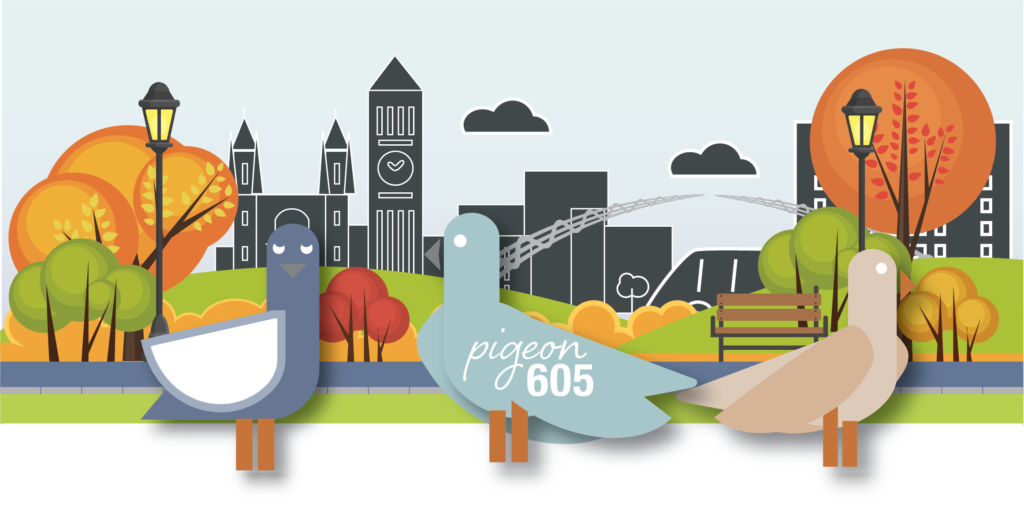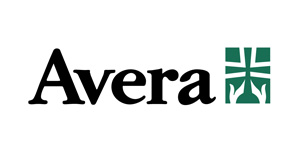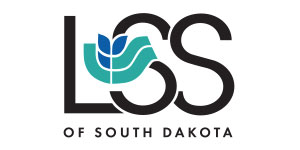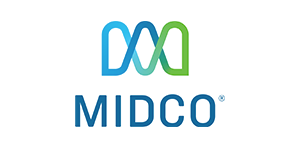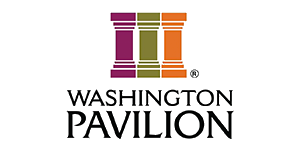Think there’s more traffic around town? You’re right
Traffic was slow in Sioux Falls on April 19, 2020.
It was about a month after the COVID-19 pandemic hit South Dakota. Schools were closed. Many businesses had moved to remote work settings. Others worked at a reduced capacity or closed entirely.
And the city recorded the lowest traffic index of the spring that April day with less than half the amount of cars on the road compared with pre-pandemic.
At 41st Street and Louise Avenue, for example, there were about 30,000 cars passing through.

One year later, on April 19, 2021, there were more than 51,000 in that same intersection. That’s back up to about 90 percent of the normal traffic rates pre-COVID.
Look ahead to July, and those rates have stayed pretty consistent.
That tracks across the city too. As the pandemic wanes and people are more likely to get out and about, traffic patterns are returning to normal, and in some areas on the edges of Sioux Falls, rates are increasing to the point of needing additional traffic signals.

In fact, the city is on track to have 14 more traffic signals by the end of 2021 than it did at the end of 2019.
“We’re seeing growth on the edges of town,” said Heath Hoftiezer, a traffic operations engineer with the city of Sioux Falls. “But more into the center of town, (traffic) counts are still down slightly.”
How the city looks at traffic
The city calculates its traffic index based on five intersections spread throughout the city. Those numbers are compared to data gathered in the months leading up to March 2020, which provide the baseline.
Each day, the index shows how the daily traffic compares to that baseline.
Going back to April 19, 2020, the index was 0.49, meaning traffic was 49 percent of the pre-pandemic traffic baseline. That is to say, fewer than half as many cars were on the street than would’ve been before the pandemic hit.
For instance, at 26th and Lake Lorraine, there was a clear difference from April 19, 2020 — with 15,699 vehicles — to one year later, as stores had reopened and shoppers returned to the tune of 28,979 vehicles.

At 26th and Sycamore, traffic went from 25,827 on April 19, 2020, to 40,701 one year later.

Another way to illustrate traffic patterns is through the seven-day rolling average of the traffic index.
By that metric, traffic returned to about 90 percent of “normal” pre-pandemic levels around March 2021. By mid-May, rates were even 100 percent of pre-pandemic levels for a while.
June and July continued the trend with most days above 80 percent of normal and some in the 90s.
What about highways and interstates?
On the interstates, traffic also saw a dip last year, according to data from the South Dakota Department of Transportation.
That, too, is returning to normal levels.
During the pandemic, I-29 north of Sioux Falls, one of the areas regularly tracked by the state, saw its biggest hit in May 2020, with a 35 percent drop in vehicles coming through.
In May 2021, the latest data available, numbers are almost back to normal. Traffic rates north of Sioux Falls on I-29 are within one percentage point of where they were at the same time in 2019.
It’s too soon to say if the state’s interstates and highways will see an average or above-average summer increase with tourism, said Jeff Brosz, a transportation specialist, because the traffic data is a little over a month behind.
“I don’t have any data to back it up right now,” Brosz said, “but it just seems like things are back to normal.”
What else to watch on Sioux Falls roads
Beyond the increased traffic, the city also is looking at new ways to make sure traffic flows smoothly.
“Signals have gotten smarter over the last decade,” Hoftiezer said.
That means, traffic signals can track their own performance, which makes it easier for the city to go in and see how often cars are stopped in a certain direction on a certain intersection.
For example, take 18th Street and Minnesota Avenue. Because Minnesota is a main line of traffic, the goal performance might be set to where 60 percent of cars passing that intersection get a green light.

If the signal data shows that reality is lower, the city can look at ways to make the intersection’s traffic flow more smoothly with longer green lights, for example.
Some of the smarter signals are connected to adaptive systems that can make adjustments on the fly if they identify more traffic coming from one direction over another.
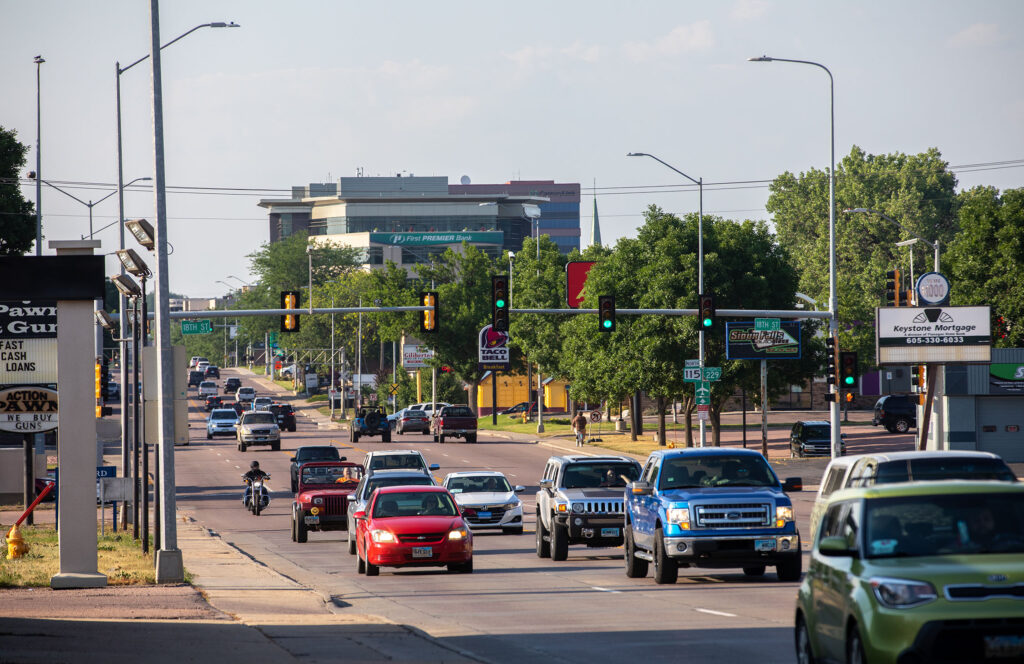
These smarter signals are in use on about one in 10 intersections, Hoftiezer said, but the goal is to quickly get to about half with that capability.
Where are the new traffic signals in Sioux Falls?
Signals were added to the following intersections in 2020:
- 69th Street and Mogen Avenue.
- 69th Street and Beal Avenue.
- Lincoln County Highway 106 and Minnesota Avenue.
- 41st Street and Faith Avenue.
- 41st Street and Sparta Avenue.
- I-90 and Veterans Parkway.
- 60th Street North and Veterans Parkway.
The following have been or will be added in 2021:
- Ralph Rogers Road and Minnesota Avenue.
- 77th Street and Cliff Avenue.
- 12th Street and LaMesa Drive.
- I-90 eastbound and Marion Road.
- I-90 westbound and Marion Road.
- Amazon at Marion Road.
Share This Story
Most Recent
Videos
Want to stay connected to where you live with more stories like this?
Adopt a free virtual “pigeon” to deliver news that will matter to you.
